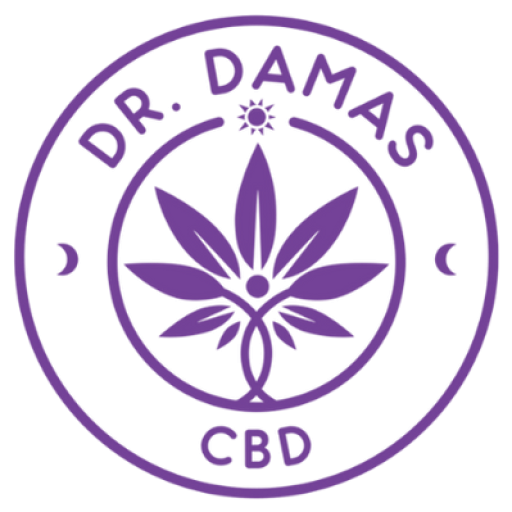Marijuana prohibition has been a controversial topic in the United States for since the 1900’s. The first local cannabis laws were enacted at the beginning of the century with the first national prohibition policy, the marijuana prohibition and taxation act passed in 1937. Further prohibition took place as a result of many other pieces of legislation, most notably the controlled substances act which was supplemented with policies like minimum mandatory sentencing and three strikes rules as part of the “war on drugs”. While many states have legalized the use of marijuana for medical and recreational purposes, it is still illegal at the federal level and continued enforcement of marijuana prohibition policies has perpetuated the disproportionate and negative impact of marijuana prohibition on generations of black and brown people.
As mentioned, The “war on drugs” in the 1980s led to stricter enforcement of drug laws, including marijuana possession, and the mass incarceration of black people. According to the American Civil Liberties Union (ACLU), black people are 3.64 times more likely than white people to be arrested for marijuana possession, despite similar usage rates. Additional data that highlight the inequalities:
- In 2018 alone, there were almost 700,000 marijuana arrests, which accounted for more than 43 percent of all drug arrests.
- In 2018, law enforcement made more marijuana arrests than for all violent crimes combined.
- In 10 states, African Americans/ black people were more than five times more likely to be arrested for marijuana possession than whites.
The criminalization of marijuana has created a criminal justice system that disproportionately affects black people. The War on Drugs has led to the over-policing of black communities, leading to higher rates of arrests and incarceration. For example, In 2018, black people made up 27% of drug arrests, despite comprising only 13.4% of the US population. This has perpetuated systemic racism in the criminal justice system, which has been well-documented in many studies. These policies and their enforcement also created a cycle of generational poverty, as many people with criminal records struggle to find employment and housing.
The effects of Mass incarceration on a community are not limited to the monetary costs. Incarceration has an extremely deleterious effect on the mental and physical health of the people who are imprisoned. Compared to the “free” population, people who are/ have been incarcerated have a 44% greater incidence of mental health disorder. Incarcerated people also have higher rates of developing illnesses such as hypertension, cancer, arthritis and contracting infectious diseases like HIV/AIDS.
In States where Medical Marijuana is legal many of the aforementioned or associated conditions: HIV, Cancer, chronic pain, PTSD and anxiety are considered qualifying conditions for obtaining medical marijuana. Lawmakers, under the guidance of their board of health have publicly acknowledged the potential benefits of marijuana for treatment of these conditions yet black people are less likely to have access to medical marijuana due to a lack of education about the benefits of the drug, the fear of imprisonment and the high cost of obtaining legal marijuana which at times requires paying several fees to obtain a license and higher costs for the retail products.
What can we do to help?
- Continue to lobby our politicians for complete federal decriminalization. Even with statewide legalization, there are many loopholes that allow law enforcement to continue disproportionate punitive policies. The fear of being arrested can be a strong deterrent for minorities.
- Increase funding for treatment and mental health services. Many of the patients who come to our clinics with histoires of incarceration report having multiple mental health issues that they have not ever received treatment for. Some report self medicating with cannabis since their adolescence.
- Decrease barriers to access. As mentioned, the cost can present a barrier to entry. Levels of disposable income have been shown to correlate with medical marjuana use. Enacting laws that limit the fee’s and limiting taxes in certain marginalized areas for patients.
- Education is important to help break some of the barriers. Lack of understanding of the laws as well as the potential health benefits creates a circumstance where people can inadvertently marginalize themselves. This includes more information about the differences between Marijuana and Hemp which is a similar plant, can provide many of the same medical benefits as marijuana but is completely legal and is more cost effective.
REFERENCES
1https://www.cbp.gov/about/history/did-you-know/marijuana
2https://www.aclu.org/report/tale-two-countries-racially-targeted-arrests-era-marijuana-reform
3Bronson, J., & Berzofsky, M. (2017). Indicators of Mental Health Problems Reported by Prisoners and Jail Inmates. U.S. Department of Justice, Bureau of Justice Statistics. https://www.bjs.gov/content/pub/pdf/imhprpji1112_sum.pdf
4Dumont, D. M., Brockmann, B., Dickman, S., Alexander, N., & Rich, J. D. (2012). Public health and the epidemic of incarceration. Annual Review of Public Health, 33, 325–339.
5Restum, Z. G. (2005). Public health implications of substandard correctional health care. American Journal of Public Health, 95(10), 1689–1691.
6Chu YWL. The effects of medical marijuana laws on illegal marijuana use. J Health Econ. 2014;38:43–61. doi: 10.1016/j.jhealeco.2014.07.003.
7Reinarman C, Nunberg H, Lanthier F, Heddleston T. Who are medical marijuana patients? Population characteristics from nine California assessment clinics. J Psychoactive Drugs. 2011;43(2):128–35. doi: 10.1080/02791072.2011.587700.



